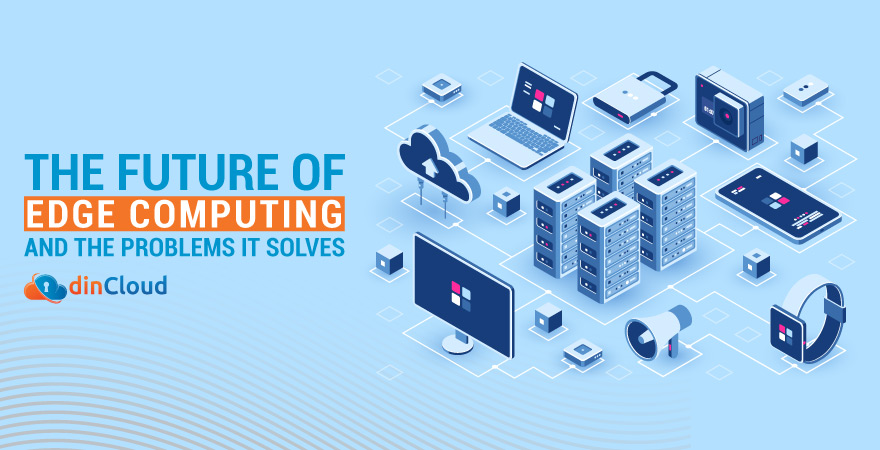We are moving towards a data driven world with every passing day. Even the smallest devices around us have become “data juggernauts”, constantly dishing out data into various technology and information ecosystems.
However, this terabytes of data being generated every second, or even millisecond, brings certain costs and overheads along with it. Perhaps the most notable and obvious one of these overheads is the storage of this vast amounts of data.
Related: Edge Computing and Internet of Things (IoT) – Opportunities and Challenges
Most of the readers would agree that there is a certain “emotional cost” of data which you already have on hand. No matter how outdated or irrelevant the data lying around you may be, you would feel a certain hesitation in getting rid of that data.

Then, there is the dreaded fear of the unknown, when you convince yourself that you may come to need this data one fine day, so better to keep it instead of getting rid of it right now. When doing so, we often forget that data storage has limitations attached to it.
As soon as the volume of data crosses a certain threshold, which may vary depending on the nature of data that we are talking about and the relevant industry, it would no more be economically viable to hold onto any more data.
Related: The Future of Cloud Computing and Edge Infrastructures
Edge Computing – A Solution to Data Management
The basic concept behind the existence of edge computing is to process and dispose of data, as close as possible to its very source. In most successfully planned and executed edge infrastructures, the residual data may not be required altogether.
The exact and fully structured definition of Edge Computing is a work in progress in itself. This is partly due to the fact that not only is edge computing a “new kid on the block”, many technologies deemed necessary for its success are also mostly in the works.
Still, we can broadly define edge computing as a network of highly interconnected devices that are capable of disposing off data in very close proximity to its very source. So, what do we stand to achieve once edge computing has gone mainstream, just like the Cloud.
Execution of Time Sensitive Workloads and Latency
A well designed and executed edge computing infrastructure stands to tackle two very important limitations of existing data processing ecosystems out there. The main “edge” of edge computing lies in the prompt execution of time sensitive workloads.
Perhaps a very relatable example of this use case is autonomous or self driving cars. Humans are entrusting their lives in the hands of these driverless vehicles, which is scary in itself, let alone the data generation and processing challenges therein.
Related: Edge Computing Well Poised to Take a More Central Role
An autonomous vehicle will be monitoring so many different parameters all at once, such as traffic lights, speed limits, lane changes, route selection, passenger comfort and a lot more. These are all highly time sensitive workloads the edge stands to streamline.
The other challenge associated with this to and fro movement of data, and the time it takes between transmitting data, then processing it, and sending the outputs back to the concerned quarters, is latency.
Related: Cloud and Edge Computing to Lead Post Pandemic Digital Transformation
Edge infrastructures, on the other hand, stand to eliminate, or at least minimize the issue of latency. Down the line, it is not a far cry to visualize a world where there would be minimal to no lag between what you want to execute, and its practical execution.
Conclusion
Edge computing right now appears to be yet another stepping stone in the realm of technology, which will open a lot of new horizons for how data is processed, managed and stored, in the odd chance that it is still relevant or required once it has been utilized.
Contact dinCloud for cloud solutions that can at least give the edge “a run for its money”.


